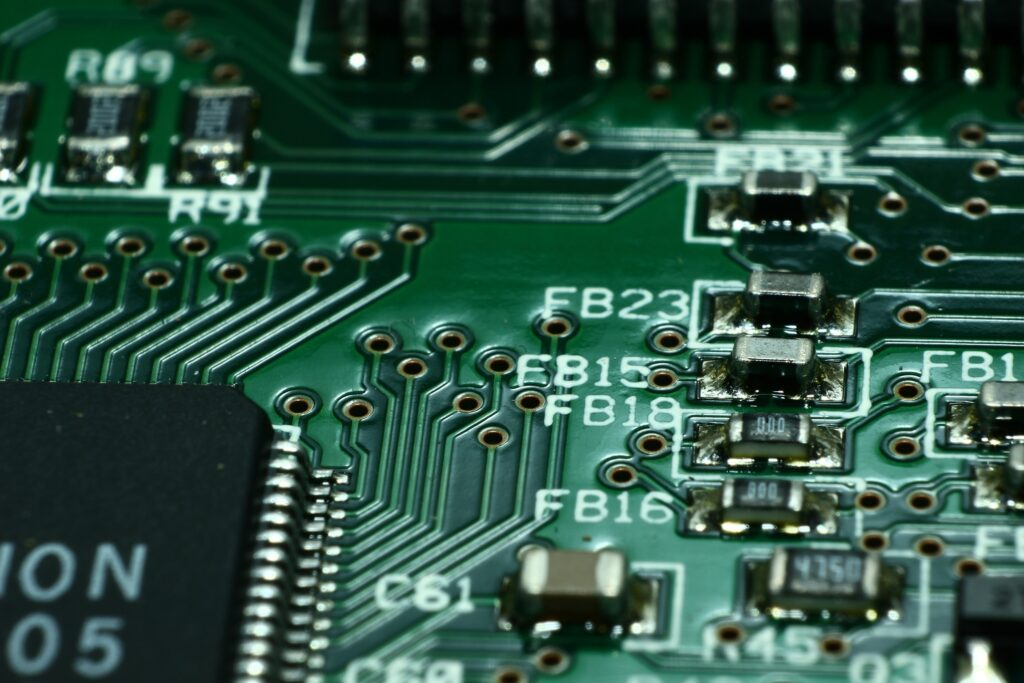
10 Common Mistakes to Avoid When Starting with Microelectronics
Microelectronics is a fascinating field that offers endless possibilities for innovation and creativity. Whether you’re a beginner or an experienced professional, it’s important to understand the common mistakes that can be made when working with microelectronics. In this article, we’ll discuss the 10 common mistakes to avoid when starting with microelectronics.
Lack of Testing
Testing is a crucial step in microelectronics, and it’s important to test your components and circuits thoroughly before integrating them into your project. Use a multimeter to check for shorts and continuity, and perform functional testing to ensure that your components are working as intended.
Ignoring Data Sheets
Data sheets provide critical information about the components you’re working with, including pinouts, maximum ratings, and performance characteristics. Always read the data sheet for each component you’re working with, and follow the manufacturer’s recommendations to avoid damaging your components or causing your circuit to malfunction.
Not Keeping Proper Documentation
Documentation is essential in microelectronics, as it helps you keep track of your project and troubleshoot any issues that arise. Keep a detailed log of your work, including schematics, parts lists, and notes on your testing and troubleshooting procedures.
Rushing the Design Process
Designing a microelectronic project can be exciting, but it’s essential not to rush the design process. Take the time to research different components and design options, and don’t be afraid to ask for help from more experienced professionals if you’re unsure about a particular aspect of your design.
Lack of Patience
Patience is essential when working with microelectronics, as it can take time to troubleshoot and debug issues that arise. Take breaks if you’re feeling frustrated, and come back to your project with fresh eyes.
Using Incorrect Tools
Using the wrong tools can lead to damaged components, inaccurate measurements, and other issues. Always use the correct tools for the job, such as precision tweezers and pliers, and invest in high-quality tools that will last.
Not Keeping Up with Advances in Technology
Microelectronics is a rapidly evolving field, and it’s essential to keep up with the latest advances in technology. Read industry publications and attend conferences to stay informed about new developments and technologies, and consider taking online courses or continuing education classes to further your knowledge and skills.
Microelectronics is an exciting and rewarding field, but it’s essential to avoid common mistakes when starting out. By planning your project thoroughly, using proper safety measures and techniques, testing your components and circuits thoroughly, and keeping proper documentation, you can avoid the most common pitfalls and create successful microelectronic projects. And remember to be patient, keep up.

How to Choose the Right Tech Stack for Your Microelectronics Project
As a developer, choosing the right tech stack for your microelectronics project can be a challenging task. There are many factors to consider, including compatibility, scalability, security, and cost-effectiveness. In this article, we will guide you through the process of choosing the right tech stack for your microelectronics project.
Define Your Project Requirements
The first step in choosing the right tech stack for your microelectronics project is to define your project requirements. This includes identifying the key features and functionalities that you want to include in your project. For example, do you need real-time data processing or high-speed data transfer? What kind of user interface will your project have? By identifying your project requirements, you can narrow down your options for the tech stack that you need.
Consider Compatibility
Compatibility is an essential factor to consider when choosing a tech stack for your microelectronics project. You need to make sure that the different components of your tech stack can work together seamlessly. This includes the microcontroller, sensors, communication protocols, and any software libraries or tools that you plan to use. Check the compatibility of each component and make sure that they can work together to achieve your project goals.
Evaluate Scalability
Scalability is another critical factor to consider when choosing a tech stack for your microelectronics project. You need to make sure that your tech stack can handle the growth and evolution of your project over time. For example, if you plan to add more sensors or devices to your project in the future, make sure that your tech stack can accommodate these changes without requiring a complete overhaul.
Ensure Security
Security is also a crucial factor to consider when choosing a tech stack for your microelectronics project. You need to make sure that your project is secure from data breaches or other types of cyber-attacks. Choose a tech stack that has built-in security features, or consider adding security measures during the development process. You may also want to consult with a cybersecurity expert to ensure that your project is secure.
Compare Costs
Cost is an important factor to consider when choosing a tech stack for your microelectronics project. Make sure that your tech stack fits within your budget and that you can afford the ongoing costs of maintaining and updating your project. Consider the cost of hardware, software, and any ongoing maintenance or support that you may need.
Choose the Right Development Tools
Once you have identified your project requirements, compatibility, scalability, security, and cost, you can start choosing the right development tools for your project. Some popular development tools for microelectronics projects include Arduino, Raspberry Pi, and BeagleBoard. These platforms offer a range of hardware and software options that can be customized to your specific project needs.
Test Your Tech Stack
Once you have chosen your tech stack and development tools, it’s important to test your tech stack thoroughly. This includes testing for compatibility, scalability, and security. You may also want to conduct performance testing to ensure that your project can handle high volumes of data or other demanding requirements.
By defining your project requirements, considering compatibility, scalability, security, and cost, choosing the right development tools, and thoroughly testing your tech stack, you can ensure that your project meets your goals and requirements. If you need help with IT outsourcing services, Orangesoft can provide you with professional services to meet your business needs. Contact us today to learn more about our services and how we can help you achieve your goals.